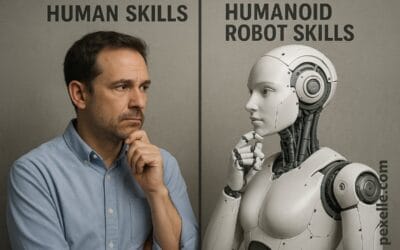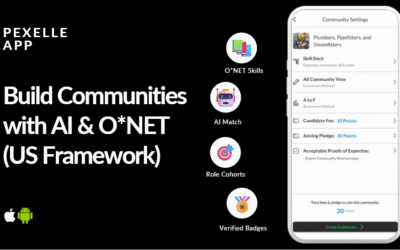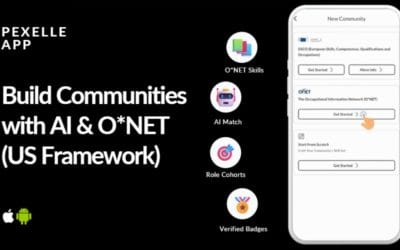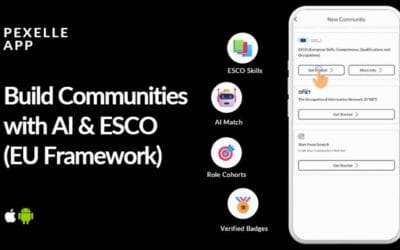Emerging Trends in Micro AI
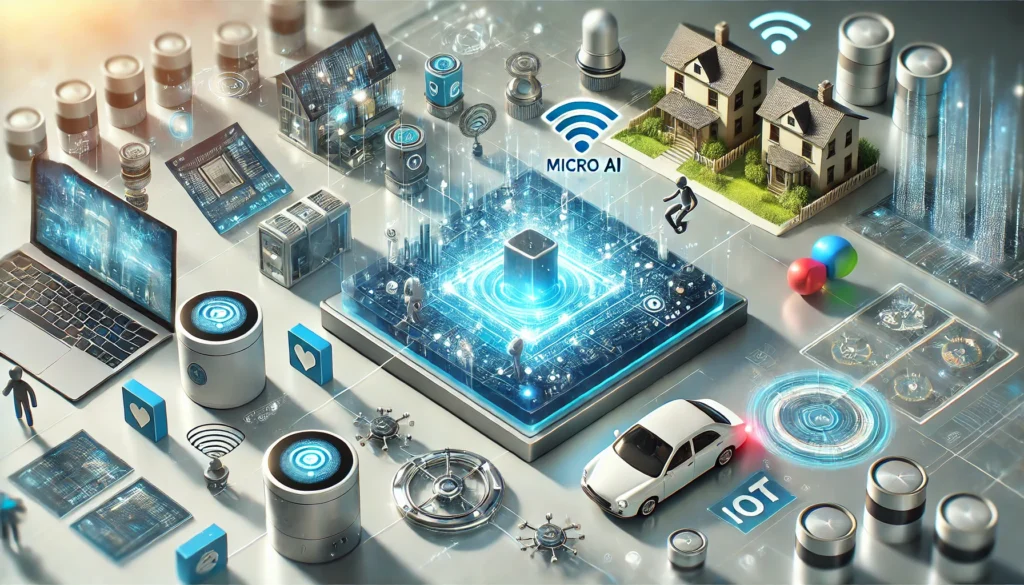
Introduction to Micro AI
Artificial Intelligence (AI) has become an integral part of various industries, with its applications spanning from healthcare to finance, from manufacturing to entertainment. Traditionally, AI systems require large-scale computing infrastructure and extensive datasets. However, the development of Micro AI is rapidly changing this dynamic.
Micro AI refers to the concept of embedding AI capabilities into small, lightweight devices, often with limited resources in terms of computing power, storage, and energy consumption. The goal is to bring intelligence to edge devices and allow for real-time data processing without relying on cloud computing resources.
Key Characteristics of Micro AI
- Edge Computing: Micro AI operates on edge devices, meaning that the data is processed locally on the device rather than being sent to a remote server or the cloud for analysis. This minimizes latency, improves performance, and reduces the need for constant internet connectivity.
- Low Power Consumption: As Micro AI runs on small, energy-efficient devices, power consumption is a critical consideration. These devices are optimized to perform tasks without draining battery life quickly, making them suitable for wearables, IoT devices, and other portable applications.
- Real-Time Processing: One of the standout features of Micro AI is its ability to process data in real time. This enables faster decision-making and immediate responses, which is crucial for applications like autonomous vehicles, smart cities, and industrial monitoring systems.
- Reduced Data Dependence: Micro AI can operate with smaller datasets, meaning that it doesn’t always need vast amounts of training data like traditional AI systems. This makes it highly suitable for applications where data privacy is a concern or when data availability is limited.
Applications of Micro AI
- Internet of Things (IoT): Micro AI is transforming IoT devices by enabling them to make intelligent decisions autonomously. For instance, smart home devices can analyze user behaviors and adjust settings without needing a constant connection to the cloud.
- Healthcare: In healthcare, Micro AI is used for monitoring patient vitals, analyzing medical data in real time, and providing immediate feedback. Wearable health devices, like fitness trackers and smartwatches, use Micro AI to track user health and offer personalized suggestions based on real-time data.
- Autonomous Vehicles: Micro AI plays a vital role in autonomous driving systems. By processing data from sensors and cameras in real time, Micro AI enables vehicles to navigate their environment, make decisions, and respond to changes instantly without needing cloud-based processing.
- Smart Cities: Micro AI is deployed in smart city solutions such as traffic management systems, environmental monitoring, and security systems. These devices can analyze local data to optimize traffic flow, detect potential hazards, and even monitor air quality.
- Retail and Consumer Goods: In retail, Micro AI can be embedded in self-checkout kiosks, smart shelves, and automated inventory management systems. These devices use AI to detect patterns, track consumer behavior, and optimize stock levels without requiring cloud communication.
Challenges and Opportunities
While Micro AI offers promising benefits, there are still several challenges to address:
- Data Privacy and Security: Since data processing happens on the device itself, securing the data and ensuring privacy becomes a critical concern. Developers must implement robust security protocols to protect sensitive information.
- Hardware Limitations: Micro AI devices are often constrained by limited processing power, memory, and storage. Developing efficient algorithms that can work within these limitations while maintaining high accuracy is a key area of research.
- Interoperability: Micro AI devices must be able to communicate and integrate with other systems and networks. Ensuring interoperability across various platforms and devices is crucial for widespread adoption.
- Cost of Deployment: For industries like healthcare and manufacturing, the cost of deploying Micro AI can be a barrier. However, as technology advances and production scales, the cost of these devices is expected to decrease, making them more accessible.
Despite these challenges, Micro AI presents a wealth of opportunities for innovation across various sectors. As computing power continues to improve and algorithms become more efficient, the potential for Micro AI to revolutionize industries is immense.
Conclusion
Micro AI is poised to transform how we think about and implement artificial intelligence. By enabling intelligent decision-making at the edge, with minimal reliance on cloud infrastructure, Micro AI brings significant advantages in terms of efficiency, cost-effectiveness, and real-time capabilities. As technology evolves, the future of Micro AI looks bright, with applications ranging from everyday consumer devices to critical industrial and healthcare systems.
Source : Medium.com
